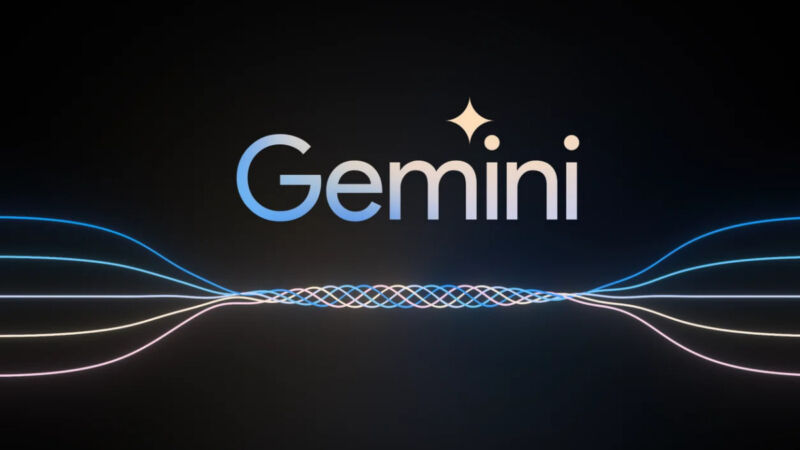
On Thursday, Google made Gemini Live, its voice-based AI chatbot feature, available for free to all Android users. The move brings conversational AI capabilities to a wider audience, allowing users to interact with Gemini through voice commands on their Android devices. That’s notable because competitor OpenAI’s Advanced Voice Mode feature of ChatGPT, which is similar to Gemini Live, has not yet fully shipped.
Google first unveiled Gemini Live during its Pixel 9 launch event last month. Initially, the feature was exclusive to Gemini Advanced subscribers, but now it’s accessible to anyone using the Gemini app or its overlay on Android.
Gemini Live enables users to ask questions aloud and even interrupt the AI’s responses mid-sentence. Users can choose from several voice options for Gemini’s responses, adding a level of customization to the interaction.
Gemini suggests the following uses of the voice mode in its official help documents:
Talk back and forth: Talk to Gemini without typing, and Gemini will respond back verbally.
Brainstorm ideas out loud: Ask for a gift idea, to plan an event, or to make a business plan.
Explore: Uncover more details about topics that interest you.
Practice aloud: Rehearse for important moments in a more natural and conversational way.
Interestingly, while OpenAI originally demoed its Advanced Voice Mode in May with the launch of GPT-4o, it has only shipped the feature to a limited number of users starting in late July. Some AI experts speculate that a wider rollout has been hampered by a lack of available computer power, since the voice feature is presumably very compute-intensive.
To access Gemini Live, users can reportedly tap a new waveform icon in the bottom-right corner of the app or overlay. This action activates the microphone, allowing users to pose questions verbally. The interface includes options to “hold” Gemini’s answer or “end” the conversation, giving users control over the flow of the interaction.
Currently, Gemini Live supports only English, but Google has announced plans to expand language support in the future. The company also intends to bring the feature to iOS devices, though no specific timeline has been provided for this expansion.




















+ There are no comments
Add yours